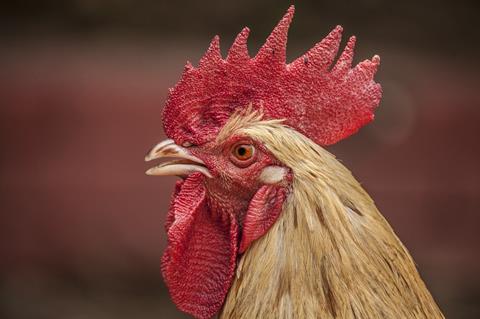AM readers are aware of the decade long controversy about engineering animal viruses so that they can infect and transmit between humans.
The work constituted Dual Use Research of Concern, a term that came to the fore after 9/11 and the anthrax laden letters sent to news media offices and US Senators. It was a good term as it emphasized the concern such work entailed.
Unfortunately, it was quickly rebranded Gain of Function (GOF) research, a term that has been used by biologists for ages, which has resulted in much confusion.

Of course, some animal models are considered to reasonably recapitulate aspects of human infection - aerosol transmission of influenza A viruses among ferrets is a good example.
Infection by accident
The astute lay science observer (or ALSO) will deduce that as nobody would ever test these engineered viruses on humans, the experiments are strictly unfalsifiable, which is never good. If ever such a virus infected a lab worker by accident, nobody would be able of predicting what would happen.
Ever curious, our ALSO does a little web browsing. She quickly learns that the work is being performed on what are called potential pandemic pathogens (PPPs) and concludes after a few milliseconds of mental effort that some of the engineered GOF viruses could spike a pandemic.
READ MORE: Leading scientists issue ‘gain of function’ recommendations
READ MORE: Engineering viruses to make the world a more dangerous place
More browsing shows that lab acquired infections occur and are underreported. Rapidly a deduction comes to mind – the risk associated with a lab acquired infection could be a pandemic.
Catastrophic risk
ALSO gulps and says out loud: ”It’s not just risk, like never seeing your kids again, it’s catastrophic risk. Why do this work?” But nobody is around to hear her.
Fortunately, the American Society of Microbiology, which has always supported avian influenza GOF research, has recently published a report entitled ‘Impact Assessment of Research on Infectious Agents.’ It followed on from a closed shop meeting on May 12.

ALSO homes in on the five key insights of the report. Go for the jugular, she mumbles. Our ALSO can be impatient, but then nobody’s perfect.
She learns that:
• Research on infectious agents… may prove useful in the future in ways unknown at the present. Hmm, especially as ALSO knows of the long effort by scientists across the spectrum to convince politicians of the need to fund basic research. This effort has been so successful it can’t be considered news.
• GOF research on PPPs represents a minute fraction of biomedical research and raises concerns about biosafety and biosecurity. ALSO is heard mumbling something about catastrophic risk: “More like hair-raising.”
• Clearly defined terminologies for research of concern should be developed… to avoid public confusion and highlight its practical benefits. ALSO coughs violently. Surely scientists of all people define their terms and strive to be as clear as possible. But hey, what about highlighting those catastrophic risks? And, er, what exactly are the practical benefits of making novel human pathogens of pandemic potential? ALSO has problems with this, given that her kid brother is working with Doctors Without Borders in South Sudan.
• Harmonized biorisk management standardization, training, mentoring, and reporting can help improve safety and security for laboratory workers and the public. ALSO can now be heard across the room, commenting: “Wake up, this is 2023. Everyone is talking about AI and one of their ‘insights’ is improved biorisk reporting can help protect the public.” She is sure she has blood pressure issues.

• Expanded engagement and collaboration of scientists with policymakers and the public, including increased transparency on the risks and rewards of research with infectious agents, is needed. Isn’t this a no-brainer? Yet one of the criticisms of the GOF saga is that the virologists and science administrators haven’t engaged the public over GOF viral research. It has mostly been behind closed doors, one-sided or top down. And while a few risk analyses have been published, there is not one combined risk/benefit analysis. Others have shown that the benefits of GOF avian flu research are pipe dreams. “What were those practical benefits, again?”
Exhausted by these underwhelming insights, ALSO clicks and closes the pdf. She picks up her copy of Richard Dawkins’ book The God Dilemma, mumbling something like at least she’d be intellectually challenged.







No comments yet